Introduction
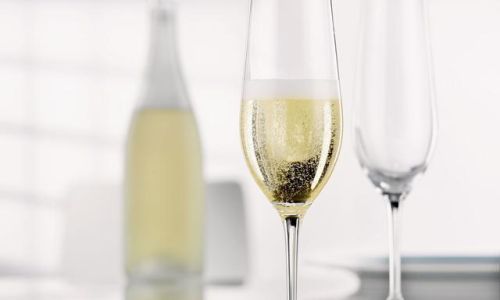
Sparkling wine, known for its effervescent bubbles and crisp taste, is a delight to many wine enthusiasts. Whether enjoyed as a celebratory toast or a refreshing aperitif, sparkling wine adds a touch of elegance to any occasion. While many associate it with high-end vineyards and exclusive labels, the truth is that you can make your own sparkling wine at home with the right ingredients and techniques. This comprehensive guide will walk you through the process of making sparkling wine, from selecting the right grapes to bottling and aging your final product.
Section 1: Understanding the Basics
Before diving into the specifics of making sparkling wine, it’s essential to understand the basics. Sparkling wine is characterized by its carbonation, which is achieved through a secondary fermentation process. This process occurs after the initial fermentation, where yeast converts grape sugars into alcohol and carbon dioxide. In sparkling wine production, the secondary fermentation takes place in a sealed bottle, trapping the carbon dioxide and creating bubbles.
Types of Sparkling Wine
There are several types of sparkling wines, each with its unique characteristics:
- Champagne: Made exclusively in the Champagne region of France, this type of sparkling wine is produced using specific grape varieties (Chardonnay, Pinot Noir, and Pinot Meunier) and traditional methods.
- Prosecco: Originating from Italy, Prosecco is made from the Glera grape and is known for its light, fruity flavors and fine bubbles.
- Cava: Produced in Spain, Cava is similar to Champagne in its production methods but uses native Spanish grape varieties.
- Sparkling Rosé: Made from red grapes or a blend of red and white grapes, sparkling rosé has a pink hue and can range from dry to sweet.
- Asti Spumante: An Italian sparkling wine made from the Moscato Bianco grape, known for its sweet taste and abundant bubbles.
Section 2: Ingredients and Equipment
To make sparkling wine, you’ll need a combination of ingredients and specialized equipment. Here’s a detailed list:
Ingredients:
- Grapes: Choose grapes suitable for sparkling wine production. Depending on the type of sparkling wine you want to make, you may opt for specific grape varieties.
- Sugar: Used to feed the yeast during the secondary fermentation. The amount of sugar will affect the sweetness and alcohol content of your final product.
- Yeast: Sparkling wine yeast is specifically designed to produce carbon dioxide during fermentation.
- Acid Blend: Adjusts the acidity level of the wine.
- Tannin Powder: Adds structure and mouthfeel to the wine.
Equipment:
- Crusher/Destemmer: Separates grapes from their stems and crushes them to release the juice.
- Press: Extracts juice from the crushed grapes.
- Fermentation Tanks: Large containers where the initial and secondary fermentations take place.
- Bottles: Specifically designed for sparkling wine, with thick glass to withstand the pressure from carbon dioxide.
- Corks and Wire Hoods: Secure the bottles during secondary fermentation and aging.
- Disgorging Rack: Holds bottles upside down to remove the yeast sediment before final corking.
- Champagne Press: Used to remove any remaining yeast sediment after disgorging.
- Cooling Equipment: Keeps the wine at the desired temperature during fermentation and aging.
Section 3: Harvesting and Processing Grapes
The quality of your grapes is crucial to the final taste of your sparkling wine. Harvest grapes at the optimal ripeness level, usually when they have reached the desired sugar and acidity levels.
Harvesting:
- Pick grapes by hand to avoid damaging them.
- Sort through the grapes, removing any that are moldy, crushed, or unripe.
Crushing and Destemming:
- Use a crusher/destemmer to separate the grapes from their stems and crush them.
- Avoid over-crushing, which can release too much bitter tannins from the seeds and stems.
Pressing:
- Press the crushed grapes to extract the juice.
- Separate the juice from the solids (pulp, seeds, and stems) to avoid off-flavors.
Section 4: Initial Fermentation
The initial fermentation converts grape sugars into alcohol and carbon dioxide. This process typically takes several weeks.
Preparing the Juice:
- Test the juice for sugar, acidity, and pH levels.
- Adjust these levels as needed using sugar, acid blend, and tannin powder.
Adding Yeast:
- Transfer the juice to a fermentation tank.
- Add sparkling wine yeast and any necessary nutrients to support yeast growth.
Controlling Fermentation:
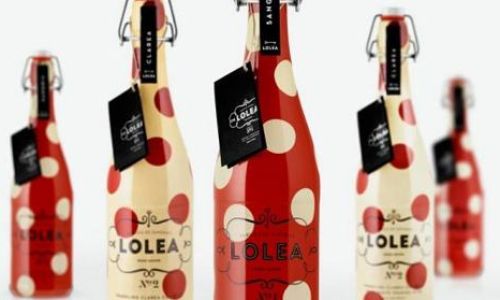
- Maintain the tank at an optimal temperature (usually between 60-70°F or 16-21°C).
- Stir the juice daily to ensure even fermentation.
- Monitor the fermentation process by checking the specific gravity (a measure of sugar content) regularly.
Racking and Clarifying:
- Once fermentation is complete (specific gravity stabilizes), rack the wine off the lees (sediment) into a clean tank.
- Allow the wine to clarify by letting heavier particles settle to the bottom.
- Optionally, use fining agents to speed up clarification.
Section 5: Secondary Fermentation
The secondary fermentation is where the magic of sparkling wine happens. This process occurs in sealed bottles, creating the carbonation.
Bottling:
- Transfer the clarified wine into sparkling wine bottles.
- Add a calculated amount of sugar and yeast to each bottle. The amount of sugar will determine the level of carbonation and sweetness.
Sealing:
- Secure the bottles with temporary caps or crowns.
- Store the bottles in a cool, dark place to initiate the secondary fermentation.
Monitoring:
- Over the next few weeks, the yeast will consume the sugar, producing alcohol and carbon dioxide.
- The bottles will become pressurized, so ensure they are stored securely to prevent them from exploding.
Section 6: Aging and Disgorging
Aging allows the flavors of the wine to develop and integrate. After aging, the yeast sediment needs to be removed before final corking.
Aging:
- Age the bottles for at least several months, preferably a year or more, to allow the flavors to mature.
- Store the bottles on their sides to keep the yeast sediment in contact with the wine, which can help in its breakdown.
Disgorging:
- Once aged, freeze the neck of each bottle to solidify the yeast sediment.
- Remove the temporary cap and carefully invert the bottle over a disgorging rack.
- Allow the pressure to push out the frozen yeast plug.
Final Corking:
- Clean the neck of each bottle and add a dosage (a mixture of sugar and wine) if desired to adjust sweetness.
- Cork the bottles with final corks and wire hoods.
Section 7: Labeling and Serving
Your homemade sparkling wine is now ready to enjoy. Add a personal touch by labeling the bottles and storing them in a cool, dark place until ready to serve.
Labeling:
- Create custom labels with information about the wine, including the vintage, grape varieties, and any special notes.
- Attach the labels to the bottles using wine bottle labels or adhesive paper.
Serving:
- Chill the sparkling wine to the desired temperature (usually between 45-50°F or 7-10°C).
- Pour into flutes or champagne glasses to enjoy the bubbles and aroma.
Conclusion
Making sparkling wine at home is a rewarding endeavor that allows you to create a unique and personalized beverage. By following the steps outlined in this guide, from harvesting and processing grapes to aging and bottling, you can produce a sparkling wine that rivals many commercial products. Remember, patience and attention to detail are key to success. Enjoy the process and savor the fruits of your labor with friends and family.
This comprehensive guide covers the entire process of making sparkling wine, from understanding the basics and gathering ingredients to harvesting grapes, initial and secondary fermentation, aging, disgorging, and finally, labeling and serving. With the right equipment and ingredients, you can create a sparkling wine that is tailored to your taste preferences and brings joy to any occasion. Happy sparkling wine making!
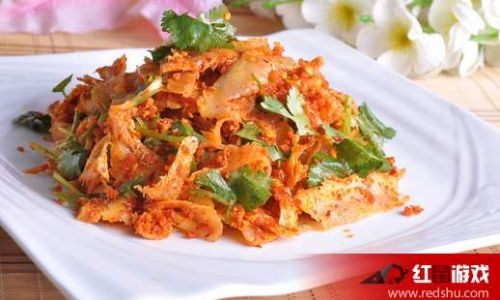
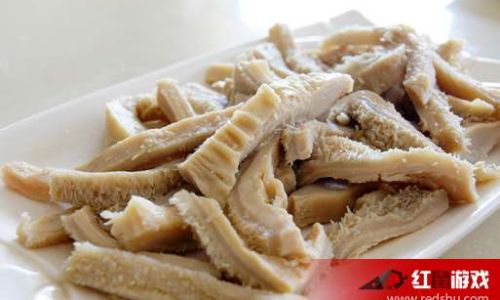
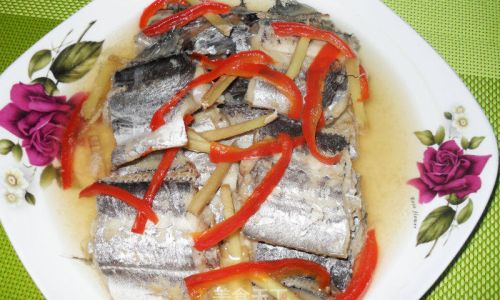
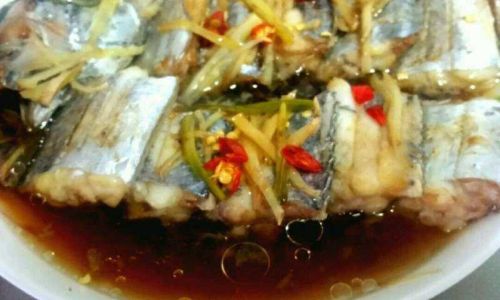
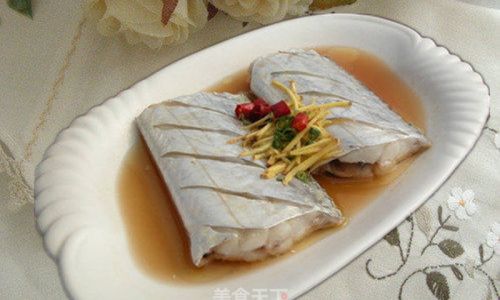
0 comments